|
If you've ever wondered if you should get yourself a writing mentor, then say hello to Jane Messer. Writer, mentor, and former course director of the post- graduate creative writing programme at Macquarie University, Jane has stopped by to answer all your mentoring questions! Hi Jane, Could you tell us a little bit about yourself? I’ve been writing about my family background for my book Raven Mother which is a part-memoir, part-biography of my father and his mother, and it’s become really clear to me how eclectic my parents were for the times. My father moved from science grant to grant in different countries. I grew up moving around, and hearing my parents’ life stories, listening in when their friends come to the house and regaled them with their adventures — and being read to every night. I had dyslexia and synesthesia, and was slow to learn to read. I think that all combined to me wanting to do my own thing. That pretty much sums up my most significant influences. How and why did you get into mentoring? I came to it through teaching creative writing for many years, first at Johns Hopkins University, then UTS, and then for 16 years at Macquarie University where I was the Course Director of the postgraduate Creative Writing programme. Before teaching I’d been working in the community sector and with independent publishers doing marketing and event management work, and sort of slid into teaching at a time when there were more opportunities, after publishing my first novel Night by Night.
Mentoring, working one-on-one with a writer, working closely with their text, giving feedback about characters, the structure, the language, everything associated with the creative text itself was a favourite part of my university teaching. So it was the obvious thing for me to continue doing after leaving academia. What do you enjoy about it and why? It’s very rewarding working with writers to support them to develop a piece of work, learn new techniques, solve creative problems, and so on. I love the close reading part of mentoring, of working with the creative text, and thinking about how the author can make it the best it can be. I enjoy the listening, watching out for what the writer is needing—often the writer doesn’t know it themself. It’s very rewarding seeing a writer become more skilful, seeing their work simply get “better”.
I can get very fond of a particular manuscript too, and really want it finished and published and out in the world! It’s fun to be excited about another writer’s work and to share that excitement with the author in a practical way. What’s the hardest part about being a mentor? I always remind myself that for the writer, sharing your work with another person, an expert so-to-speak, can be a terrifying experience. I remind myself how very, very important this experience is for that writer, and that it needs to be a positive one. I’ve also worked with writers who’re coming-out in their writing about their sexuality, or past trauma, or in the case of an Indian writer, coming out as an atheist. Respecting the trust the person has placed in me isn’t ‘hard’, but it’s not something I take for granted. Does it help your own creative work? I’m sure it does. Not in a specific way that I can point to and say, I wrote this because of my mentoring. But yes, my writing has been helped immeasurably by the many years of thinking and working with writing ‘problems’ as a mentor, reader, editor, teacher. I’ve been very lucky in my work. There’s a creative symbiosis there for sure.
Why might it be important for aspiring authors to be mentored? What about published authors? Well, there’s quite a few reasons. Firstly, you can learn a great deal with a good mentor, about technique and craft, and ideally you take those new skills with you through to your other writing projects. Those delicious ‘aha’ learning moments. You’re working on a specific piece of writing or series of works, but you’re also learning as a writer in more general ways. A writing mentor will help identify problems in the work, or talk with you about issues you’ve raised and you can canvas ideas, solutions, basically a mentor is someone to have deep conversations about the work with. I’m working with a published author currently, but she’s working in a totally new genre. The difference for her is that when we’re talking about the work, or we’re going through my comments on the page, she understands the issues more quickly and is more confident in her rewriting and revisions. Deadlines: a mentor will hold you to them. It’s great to have a deadline that isn’t one you just made up for yourself. It gets people going with their work. They write more often, they write more words, and revise more rigorously.
Once your work is at a potentially publishable stage, a mentor can help direct you to appropriate publishers, agents, journals, competitions and so on. Agents and publishers are expecting very finished work from new and established authors. The industry economic model has changed and there’s not the money or time for a publisher’s editor to work with a writer to rewrite the ‘promising’ text. That’s why the mentoring sector has grown so much in the past few years; writers need to present much more developed work than they did, say, twenty years ago. Getting a mentor costs money, with no guarantee of being published or earning it back, which can be a block for some writers. Can you comment on that? It’s true, there are no guarantees of publication. I’ve worked with some incredible emerging writers and manuscripts, but they don’t always get published.
How would you recommend someone goes about choosing a mentor? That’s a good question, because how can you be sure? It’s important to choose wisely, and that goes both ways – most mentors will want to see an example of your work beforehand so they can judge if they’re the right ‘fit’ for your work. I was recently offered a military/espionage history novel and said no, because I know nothing about military history and there’s others that do. Look at the mentor’s testimonials, and how long they’ve been teaching and mentoring. Are they familiar with the genre that you’re writing in? So, if they’re focused on scripts, and you’re a short story writer it’s maybe not the best fit. Ideally, you can have a first conversation at no cost, as it’s important to feel you will get on at a personal level. If you can, ask other writers who they’ve worked with, and why it was beneficial. And get into specifics of how the mentor worked: find out if the mentor reads the text in progress closely, or if they’re more oriented to talking about writing process in general. What are your expectations? If you’re just starting out, a mentor isn’t the right approach. You should start with just writing, doing some short courses, maybe a university programme, or have some substantial writing already accomplished. What’s the best way for someone to approach working with the mentor – how does a writer get what they need out of it? What an excellent question. Sometimes, of course, you’re not sure yourself what it is you exactly want. Giving the mentor information about your writing experience and background is important; any publications you’ve had, writing courses you’ve done, and so on. Explain what it is that you’re working on now, and what you hope to achieve: for instance, maybe you want to finish the manuscript and learn new techniques.
Alternatively, you might be wanting to start a new work, and you’re not exactly sure of its form. Or you might struggle with a regular writing practice, in which case talk about that and devise a schedule together that helps with that. The important thing is to begin by saying what you believe you need and want, and be open to suggestion. How can the mentor and mentee best work together so it’s a positive experience for them both? Good communication, naturally and mutual respect, it always works. Send well-proofed copy. Don’t be afraid of your mentor, but don’t pester with thrice-weekly emails. Ask questions, tell them what you want them to know, or ask for what you need. Your mentor will try to read your mind, but it’s not a foolproof method. What advice do you have for aspiring authors? Writing takes time, it is an art that can be practiced, and must be practised. It’s also very time-consuming and there just isn’t any way around that, so you need to find a way to enjoy yourself while working hard for many years.
More about Jane Messer: Jane Messer has mentored many writers and student writers over the past thirty years in her work as a creative writing teacher, mentor and editor. She has published novels, anthologies of world literature and new Australian writing; written and produced two radio dramas; and published experimental and realist short stories. As well as being passionate about her own writing, Jane loves working with writers to help them hone their craft, explore new techniques, become confident about process, and to write the best possible work. You can find Jane at her website www.janemesser.com, on Facebook, Linkedin, or listen to Jane being interviewed here. This article was originally published in the Winter 2021 issue of Women's Ink!
0 Comments
'A library is about the surprise, the serendipity of what you might come across, the shared space...' - Susan Orlean I heard a fabulous interview with Susan Orlean on ABC Conversations programme recently about the 1986 fire in Los Angeles Central Library which destroyed 400,000 books and damaged another 700,000 – more than half of the 2 million books the library held. Who set the fire is an enduring mystery and the subject of her new book, The Library Book. In the interview, Susan discusses the enchantment of a library. ‘It’s not the same as simply going and buying a book you want,’ she says. ‘A library is about the surprise, the serendipity of what you might come across, the shared space, the fact that this is something that belongs to a whole community ... you go to look for one book and you notice the book next to it, the sense that you are browsing through this great communal brain... I had forgotten how delicious that really is.’ (You can hear more of Susan on the episode here). ‘In the library you can make a million errors of choice…’ - Ursula Dubosarsky The freedom to make mistakes That serendipity of a library comes with a freedom of taking chances, of trying something new, picking out something on a whim, the possibility of what might be discovered - or disliked. ‘Don’t overthink it, just explore, grab!’ says Australian Children’s Laureate Ursula Dubosarsky. She describes the library as a place to make a million errors of choice. 'I’m completely not against people owning books, obviously I’m a writer, please own as many books as possible!' she says. 'But I think it’s more important to tell people to join a library than go and buy a book.’ But what about the authors? Australia has 1600 public library outlets, lending out excess of 166 million items a year, and the range is far beyond what’s in a physical book shop. If you’re wondering, yes, authors do receive money when you borrow a book from the library. The Australian Government has a lending rights scheme which provides payments to authors in return for the free access people receive to their work through schools and libraries. Long live books! Plus, the library can give a book greater longevity than the bookshop, sustaining them in the circulation long after they are out of print with the publisher. And every author wants their books to be out in the world, being read, being shared, being enjoyed. So, love your bookshops, and fill your home with all the books you want, but don’t forget the magic of the library and the unexpected delights that are waiting there for you to discover. My Podcast Recommendation: ABC Conversations Podcast Episode Thursday 4 June ‘When the Library Burned’ with Susan Orlean.
Hi Zena, when did you decide you were truly a writer? Gosh, that’s a good question! I don’t know if I ever really ‘decided’ I was a writer, but there was a distinctive moment when I could no longer deny it. I had had a talent for writing since I was a child. I remembered writing a poem about owls and hedgehogs when I was about ten. My teacher was annoyed because the homework was supposed to be writing an original poem and she demanded to know where I’d copied it from – I was thrilled she didn’t believe the poem was mine! When I was about 14, my teacher asked me to read out to the class a 77-stanza epic ballad I had written for fun, she was so impressed. As my teens continued, creative writing became a daily catharsis. I went on to take a degree majoring in English Literature at Birmingham University, England; and my first ‘proper’ job was in publishing.
However, it was when I was targeted by a street thief in Birmingham that I could no longer deny that I was, truly, a writer. I was in my early twenties, I’d just finished work at that publishing company, and I was walking to the train station. It was dusk, there was no one else on the street. The thief came from nowhere. He yanked the small backpack off my shoulder and tried to run off. I held on, but he was stronger and easily overpowered me. I couldn’t let him! Why? Because I had written a poem that day and my only copy was in that bag. So I ran after him yelling, “Give it back!”. I had my wallet and keys in the bag, but they were replaceable. The poem was not. We ran into a housing estate and along its empty streets until, luckily, a car drove past. I flagged it down, shouting out about the thief. I couldn’t believe it – the car did a speedy three-point turn, zoomed after the thief, overtook him, blocked him off and two men jumped out. The thief immediately dropped my bag and ran… back towards me! I stood as still as a lamppost, staring at his face so I’d be able to identify him later. The men ran past me and… arrested him! They were undercover policemen! They’d been patrolling after receiving reports about a mugger in the area. I was lucky too because, in running alone into a dark housing estate, I could have encountered more trouble than a stolen bag. But a writer will do anything for their writing, and that was when I could no longer deny it: I was a writer! I ran to my bag and held it tight. I love that story! What was the process for writing and publishing your first book? Another good question! Acknowledging that writing is your passion, and publishing work for readers to actually read, are two very different things. Plenty of writers dabble endlessly and lovingly with words without ever publishing them. In my twenties, I doubted I had much to say about life, but knew the time to start writing a novel would one day present itself. That day came when I was asked to commute from London to Reading, every day for six months, as part of my job. The hour and a half journey was the perfect opportunity to tackle a long project. So I started writing.
It was so much fun! It took me about a year to actually finish that first book, a legal thriller, and I submitted it to a few publishers; but I also knew that, as my first book, it probably wasn’t very good. By then, I was also in the process of emigrating and then establishing myself in Australia, and that occupied a great deal of my time. Still, I had an idea for another book, which incorporated scientific concepts I had explored since my teens about life after death. I went to Iceland, spent years researching the science and exploring my ideas further. As I started writing the book, I had to learn how to incorporate creative writing into my life on a regular basis; then after I completed a first draft, I also knew it needed improvement. I paid for manuscript assessments to improve my craft and spent a year applying myself to each assessment, creating newer and better drafts, learning storytelling tools along the way and about myself as a writer. Marriage and kids then came along, but I kept writing and rewriting. What started out as a multi-point-of-view third-person novel gradually became a single perspective first-person science fiction thriller. Then an opportunity arose to write YA and middle grade books collaboratively to raise money for The Kids’ Cancer Project. I jumped at the chance and wrote five books over five years, all with different writers, and each book won an award, which made publishing them easy. I then wrote another book collaboratively, ‘Into Tordon’, which was published by MidnightSun Publishing and distributed into over a thousand schools via Scholastic Australia. Meanwhile, a final manuscript assessment for that science fiction thriller suggested minimal changes. It was ready. I applied to literary agents and got one, the book went to acquisitions at three major publishers, then finally ‘Towards White’ found its rightful home (IFWG 2017), my first solo book. What other work do you like to do? I love working with other writers in my Creative Support business! I’ve always had a natural gift for writing and editing, and have used my skills in every job I’ve had. But about 20 years ago now, I established my own editing, mentoring and tutoring business and have been helping writers with it ever since.
You sound so busy! How do you fit in time for your own writing? What do you suggest for people who live busy lives but want to write? It can be hard to find the time to write for myself. However, since I committed myself to writing on that long commute to work, I learnt to simply write whenever I can. Once you do commit, there are actually plenty of moments you can use to write – lunchtimes at work, any time spent commuting, and any moment spent waiting. Having children was perhaps the greatest challenge. But when they were younger I orchestrated their daytime naps to coincide so I could write while they slept; then every Saturday my husband would ‘fly solo’ so I could write for a few hours in my local library. Over the years I grew used to juggling my time, and now it’s simply a way of life. I never go anywhere without a writing tool – at first I carried my trusty PalmPilot everywhere, now it's my laptop! I once wrote a story on my smartphone. Right now I’m sat in the hospital emergency waiting room with my son, who has a broken thumb, and we’ve been waiting to see someone for six hours. That’s a lot of writing time.
Many writers say writing is a compulsion, would you agree? Absolutely. I write because I have no choice. It’s how I express myself. If a few weeks go by and I haven’t written any creative words of my own, because I’ve spent too many hours writing for or editing other people for example, I start to feel uptight and a little miserable. I need to create, and my natural form of expression is: writing words. What role do you think creativity plays, not only in people’s lives but in communities? When you’re creating (in a safe and inclusive environment) it improves your self-esteem, sense of belonging, and self-actualisation. Creating makes you happier and healthier. There’s no price tag for that. All the money in the world isn’t as important as your health or happiness. So I encourage everyone to get creative, whether it’s with words or some other form of creative art. Happier individuals also make happier communities, so your personal creativity can make the world a better place! Creativity can bring us together as we learn and improve our skills, then share what we create. So communities really should enable creativity as much as they possibly can. Thanks for chatting with me, Zena! Thank you for having me, Jacqui, it’s been a pleasure chatting with *you*! Discover more about Zena on her website. More about Zena:
Zena Shapter writes from a castle in a flying city hidden by a thundercloud. Author of 'Towards White' (IFWG 2017) and co-author of 'Into Tordon' (MidnightSun 2016), she’s won over a dozen writing competitions – including a Ditmar Award, Glen Miles Short Story Prize, and Australasian Horror Writers’ Association Award for Short Fiction. Her short stories have appeared in the Hugo-nominated 'Sci Phi Journal', 'Midnight Echo' and their Australian Shadows Awarded ‘best’ anthology, ‘Antipodean SF’, and Award-Winning Australian Writing (twice). She’s a movie buff, story nerd, writing mentor and editor, book creator, short story judge and an inclusive creativity advocate, who’s founded community creativity projects for writers such as the ‘Art & Words Project’ and the award-winning Northern Beaches Writers’ Group. She loves frogs, chocolate, potatoes, and travelling. Find her online via social media @ZenaShapter and zenashapter.com When graphic designer Kim Lock’s debut novel ‘Peace, Love and Khaki Socks’ was published with MidnightSun, she found herself in a unique position - being offered the opportunity of designing her own book cover. Now Kim regularly designs book covers for MidnightSun, and she's stopped by to answer all my questions about the process! Hi Kim, thanks for talking to me! Can you share the process for designing a book cover. Firstly I receive a ‘brief’ from the publisher. This is always an exciting day, because it means there is another book coming into the world! The brief includes a little about the book: the premise, the intended readership, the theme or genre. I generally begin by browsing image libraries, playing with colours and typefaces, bringing elements together on the page. Once I have a good selection of concepts that I’m happy with – anything from half a dozen to 20 or more – I send these to the publisher. Then I wait! Sometimes a concept is on the mark right away, and then we get to perfecting the cover. Other times, I might need to start over, and draft up new concepts. Sometimes, the chosen cover might be a combination of a few concepts – an image from one, a colour or typeface from another.
Once the publisher and author are happy with a front cover, I’ll then layout the cover ‘flat’ – the front, back and spine. And then, once the internal pages are finalised, I prepare the print-ready file, have it checked one last time and approved by the publisher, and send it off to the printer. Everyone celebrates that day! Do you read the book before designing the cover? If not, how do you determine what the cover should look like? Usually, when I receive the initial brief from the publisher, the manuscript is still in its early stages and the author is busy editing, but I will always read at least a few sample chapters, to get an idea of the theme and narrative voice. Sometimes I read the entire manuscript. I also always receive a detailed blurb or synopsis. MidnightSun love their covers to be as eye-catching and unique as possible, so it’s a matter of balancing the right ‘look’ for the target readership with market trends, author and publisher preferences, and a beautiful design! How long does the process take? Working on initial concepts takes hours – anything from five or six to a dozen or more. I try to get these to the publisher within a few weeks of the brief. Then there are usually days / weeks / months of back and forth with the publisher, tweaking the design, moving elements around, adding the blurb and quotes, and finally, preparing the file for print. All up, it can take anything from several months to a year before the book hits shelves. How much input does an author have, and at what stages in the process? This varies between publishers, of course, but MidnightSun are generous with how much author preference and feedback is taken into account throughout the entire design process.
It’s important that a cover appeals to its intended audience, and while all authors need to understand where their book sits in the market, this is especially so at a small press, where publicity and promotion is ‘all hands on deck’! An author is going to have to talk about their book for a long time, so it is important that they like their cover as much as possible. What about the spine of the book – how do you make it stand out in a book shop on a shelf? The width of the spine depends on the page count, which is something we don’t know until quite late in the process – until the manuscript is final and the internal pages are typeset. But it’s generally safe to assume it will be a very small area! As with all design, the spine has to be both visually striking and functional instantaneously. We have so little time to capture the busy human eye. Clear type, effective use of space and little fuss are best. What’s your favourite part about designing book covers? I love nutting out concepts – searching for the perfect imagery, typeface, colours – and feeling that spark of elation when it looks just right.
But ultimately, the best thing is a happy publisher and a pleased author. When the whole team is proud of a cover, there’s a real sense that the book has been given the very best start to life (which, of course, every book deserves!) What’s the hardest part about designing book covers? It’s rare, thankfully, but sometimes the feeling that I just might not find the right concept. That can be quite terrifying. Are you a big reader yourself? Yes! I read widely and a lot. I’m a reader before I’m anything else. Always have been. Does your job change the way you choose books to read or view books? Having perspectives as a reader, designer and author creates a unique set of voices in my head when I’m browsing at bookstores! It’s usually something like: Ooh a new book from XYZ / Oh what a clever cover / Oh how interesting to put that author in that market … But generally, I’m as susceptible to a lovely, intriguing or attention-grabbing cover as anyone else. Thanks Kim for sharing with us!
You can read more about Kim and discover her fiction on her website www.kimlock.com.au |
Read more...
All
By Month |
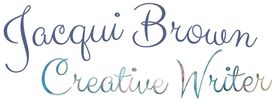
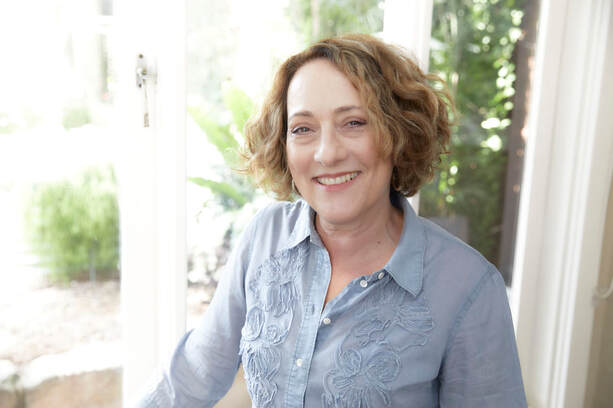
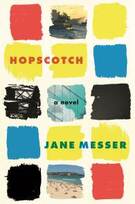
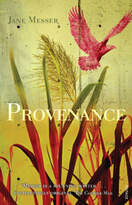
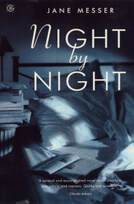
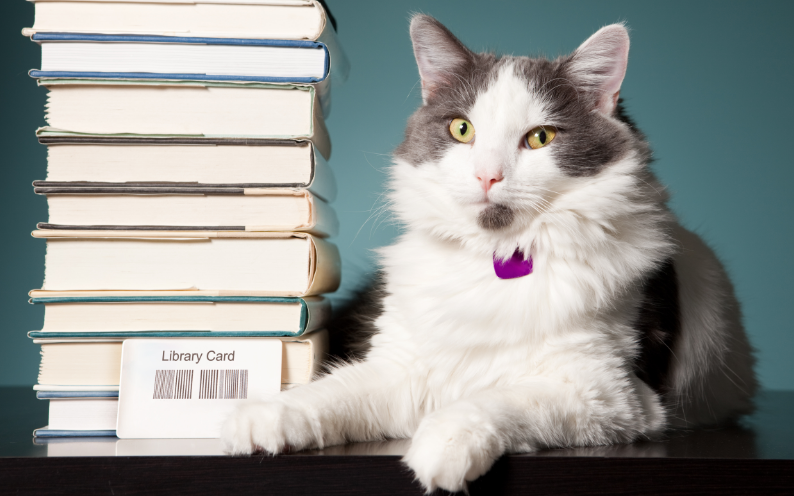
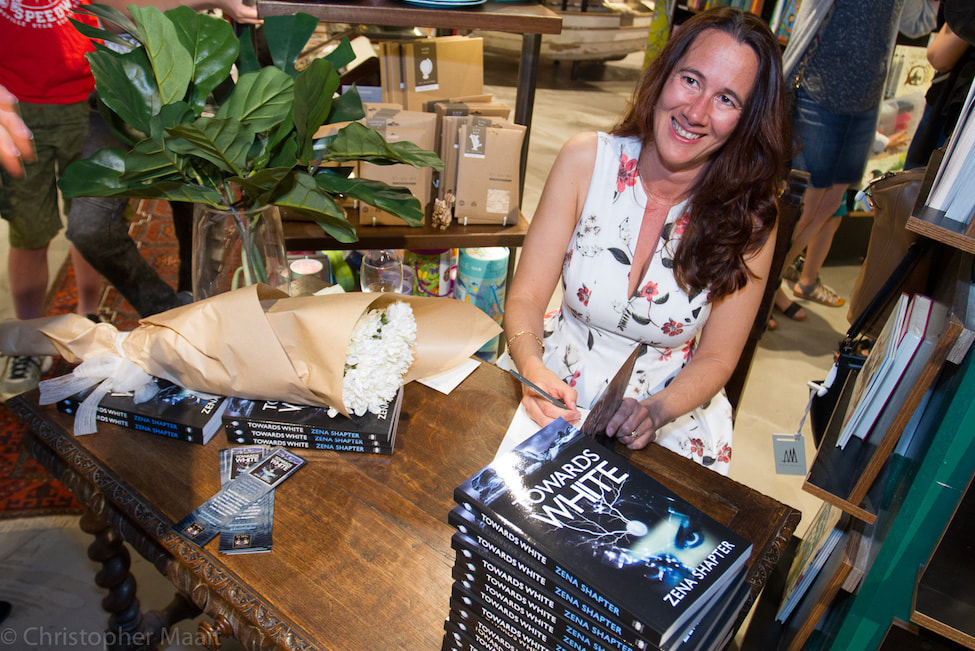
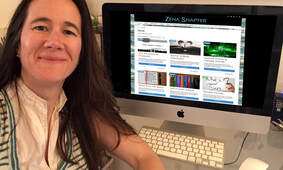
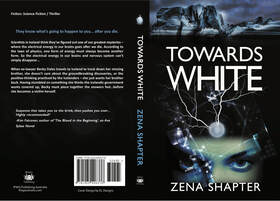
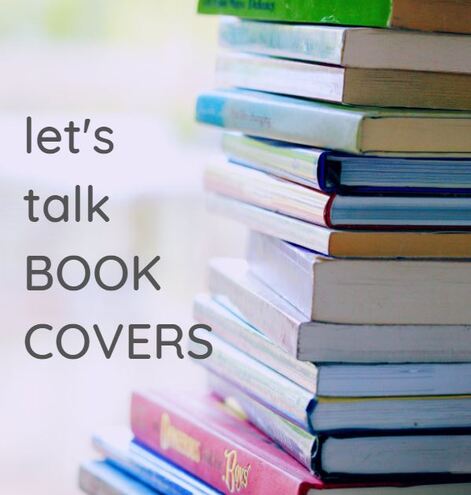
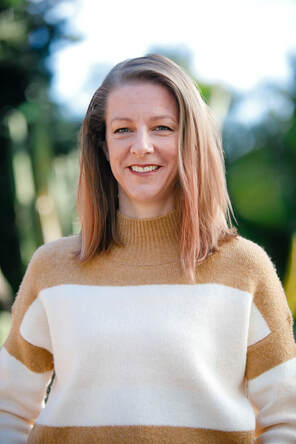
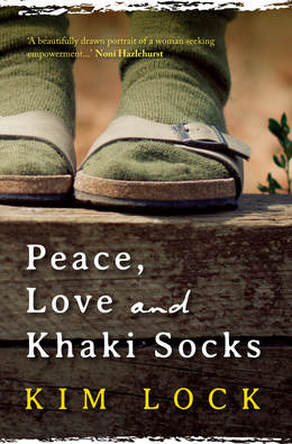
 RSS Feed
RSS Feed

